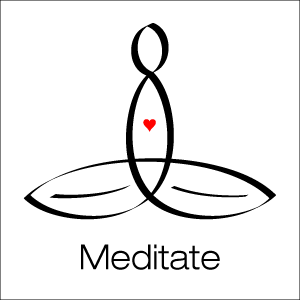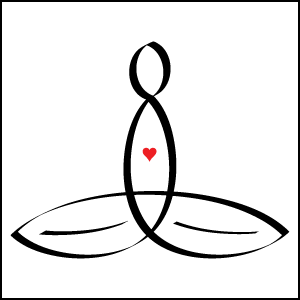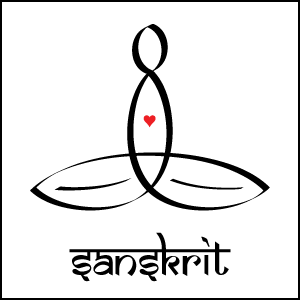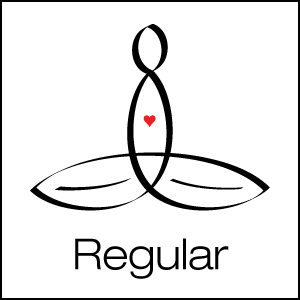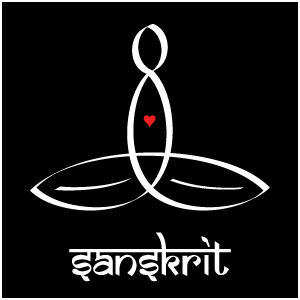How to Meditate – some background and a simple answer
How to Meditate – The most common question a new meditator asks.
Overview
How to meditate is the most common question a new meditator asks. With meditation quickly becoming popular in the western culture, many are starting to investigate this valuable area of self-development. This is partially because of the health benefits and partially due to the spiritual benefits.
To look behind or to look upfront is not as important as to look inside
– Ralph Waldo Emerson
History of meditation
Meditation has been around as long as people have been thinking. According to Wikipedia, The term “meditation” is derived from a Sanskrit word that means “to contemplate” and in the Tibetan culture the word for meditation means “to become familiar with one’s Self”. People from all cultures have been meditating throughout history and experiencing the many benefits.
There are many different reasons to learn how to meditate and they frequently follow cultural lines.
Eastern traditions, such as Buddhism, Hinduism, and Taoism, meditate for spiritual clarity as well as devotion.
Western religious traditions, such as Christianity, Judaism, and Islam, use prayer as meditation.
Non-religious traditions that practice meditation would be; Philosophers, Practitioners of Healthy living, and martial artists.
Types of meditation
There are many ways to meditate, and because meditation is such a broad subject, I’ll only mention a few:
- Health meditation,
- Walking meditation,
- Guided meditation,
- Chanting meditation,
- Chakra meditation,
- Devotional meditation,
- Mindfulness meditation,
- Visualization meditation,
- Zazen meditation,
- Transcendental meditation,
- Kundalini meditation,
- Body Rhythm meditation,
- etc.
Meditation benefits
The question of how to meditate brings up the question of why meditate at all?
There are many reasons to meditate, here are just a few:- Prayer,
- Devotional prayer,
- Prayer beads,
- Health,
- Reduce stress
- Combat depression
- Reduce negative emotions
- Spiritual development,
- Focus on the present
- Increase self-awareness
- Self development
- Increase concentration,
- Increase focus,
- Focus on the present
Quiet the Mind
and the Soul will speak
– Ma Jaya Sati Bhagavati
How to meditate – A simple practice
Learning how to meditate can be as simple as sitting quietly and it can be as complicated as a year long silent retreat. Don’t be mislead by complexity, the simpler the practice the more likely the beginning practitioner will stick with it.
Here is a simple 3 step meditation practice:
- Find a quiet space and sit on the floor or in a chair in a relaxed position. Sitting in a “regal” pose should give you a relaxed yet alert posture that is excellent for meditation.
- Gradually bring your attention to your breath. Without affecting your breathing, notice the feeling in your throat as you breath in and out in a relaxed manner. Just watch your breath.
- Sit like this for 10 minutes. If your mind wanders, and it will, just bring it back to focus on your breath.
Some comments on this exercise:
- Learning how to meditate is easy, continuing can be difficult. To help with this, I would suggest a daily routine to start.
- The duration of time isn’t important, just do it for as long as you feel comfortable. Bot, 10 minitues is a good starting point.
- If your body complains about the position, just re-adjust slightly.
- The mind will initially fight you by complaining about how uncomfortable this is or nagging you to take some “important” action such as finally doing those dishes in the sink! Ignore it, it’s only 10 minutes.
- After repeated sessions, the mind will eventually get used to the stillness and lack of action, it just takes time and patience.
What’s next?
Now that you have learned how to meditate with a simple meditation routine, like the one suggested, try to make it a part of your daily routine. Personally, I find that either early morning or late evening is the quietest time and it seems to be easier to find the time then rather then at the busiest time of day. Your results may vary!
Parting thoughts
The answers you seek never come when the mind is busy, they come when the mind is still
-Author Unknown
A simple meditation practice will enrich your life and can be a foundation for a healthy and spiritual lifestyle. now that the question of How To Meditate has been answered, Go and sit.
Namaste!
As always, please share!


